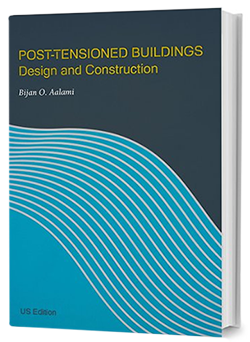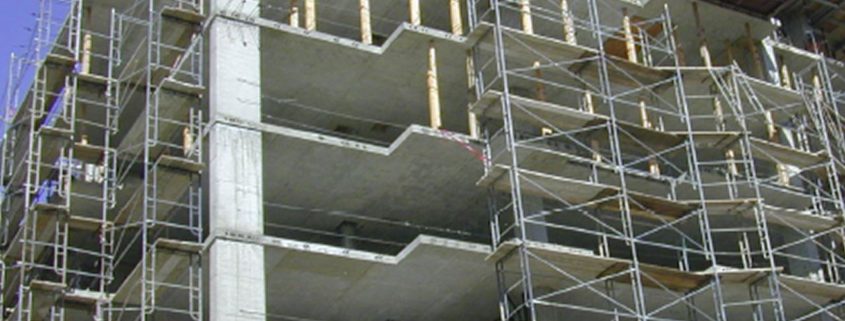A Treasured Resource for Practical Design
Unless you are an engineer, contractor or researcher, the subject of Post-Tensioned Buildings Design and Construction will be neither interesting nor understood- short a very technical subject. This is a book for a very targeted audience with numerous graphs and formulas that created a huge challenge for the book designers. Intermingled with text, images and architectural plans, the graphs and formulas needed to come together in a cohesive layout, ready for press, and it did, beautifully.
 Even the pagination was unique in that the page numbers are delineated by chapter and not in the traditional fashion of consecutive pages. Fifteen chapters equaled 396 pages and 404 pages and here’s why.
Even the pagination was unique in that the page numbers are delineated by chapter and not in the traditional fashion of consecutive pages. Fifteen chapters equaled 396 pages and 404 pages and here’s why.
The author, a well-known structural engineer himself, is a Professor Emeritus of Civil Engineering at San Francisco State University and a Chartered Engineer in the UK. In order to serve both communities, he decided to print two trim sizes, one for the USA and another one for the UK market. The standard size for the USA also known as US Letter size is 8.5” x 11” (215.9mm x 279.4mm) and for the UK, also known as A4 is 210mm x 297mm, both in upright format. The different trim sizes caused two different page counts 396 pages for the USA letter and 404 pages for the A4 format. Another challenge to the design was to keep both books as close as possible in the flow of content, even though the page count was different.
A smooth, bright, white matt paper was used for easy reading that was 95 gsm (65 lb) so that the book block would not be too thick. The opacity needed to be very good since the paper was a standard, lighter weight often used in instructional books, and was printed in full color.
Sewn binding was essential for this title and allowed the book to open easily and with this trim size, open flat to most pages. The hard cover is an elegant design with a printed-laminated-case (PLC) and plain, white end-sheets finish the front and back. Sturdy construction for repeated use in a classroom or in the field.
The thickness and type of board used for the hard cover was an important feature and for 396 pages we used a 3mm board. The board provides the necessary structure for the pages and needed to be thick enough to avoid warping. Once finished, it is highly suggested to store books in a climate controlled atmosphere to keep the board in good condition and to avoid absorption of moisture. This is especially true in humid climates.
An extra step to keep the books protected and to keep out moisture was to individually shrink wrap each book. This guards the paper and board in the case (hard cover), although it cannot replace climate controlled storage.
We at InterPress went the extra mile and were able to send advance copies for a special meeting that the author had in London ahead of schedule.
So as you can see. Books serve may purposes, they can be highly educational, like this sample, and serve a very specific audience. In this case the target audience are practicing engineers, students, contractors, building officials, plan checkers, and researchers. Technical books are specifically in high demands in learning institutions and it is always great to be part of publications that are treasured resources for practical design and in the educational field.
Let us help you put your ideas into book form. As you can see there are unlimited possibilities. Contact us today.




Leave a Reply
Want to join the discussion?Feel free to contribute!